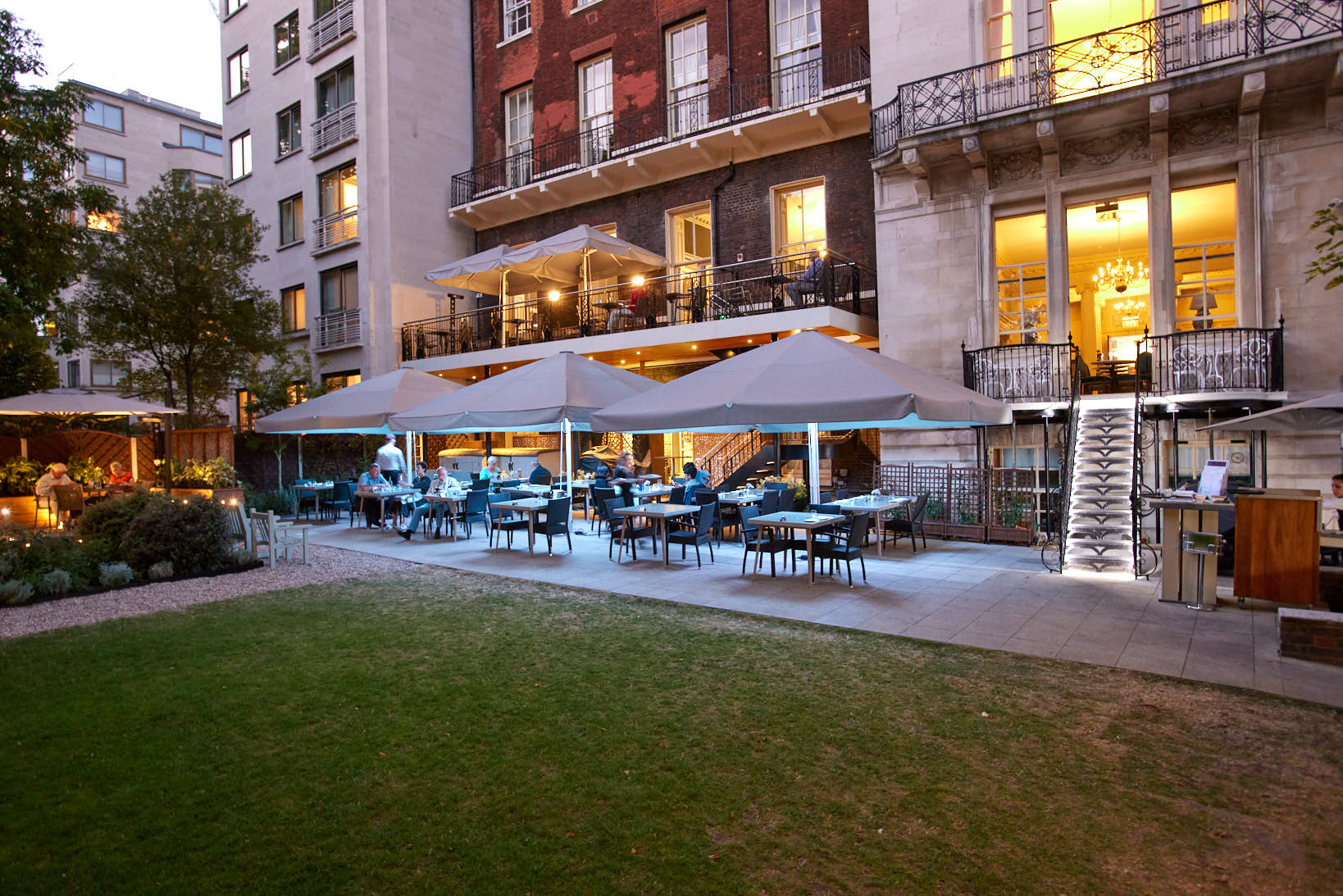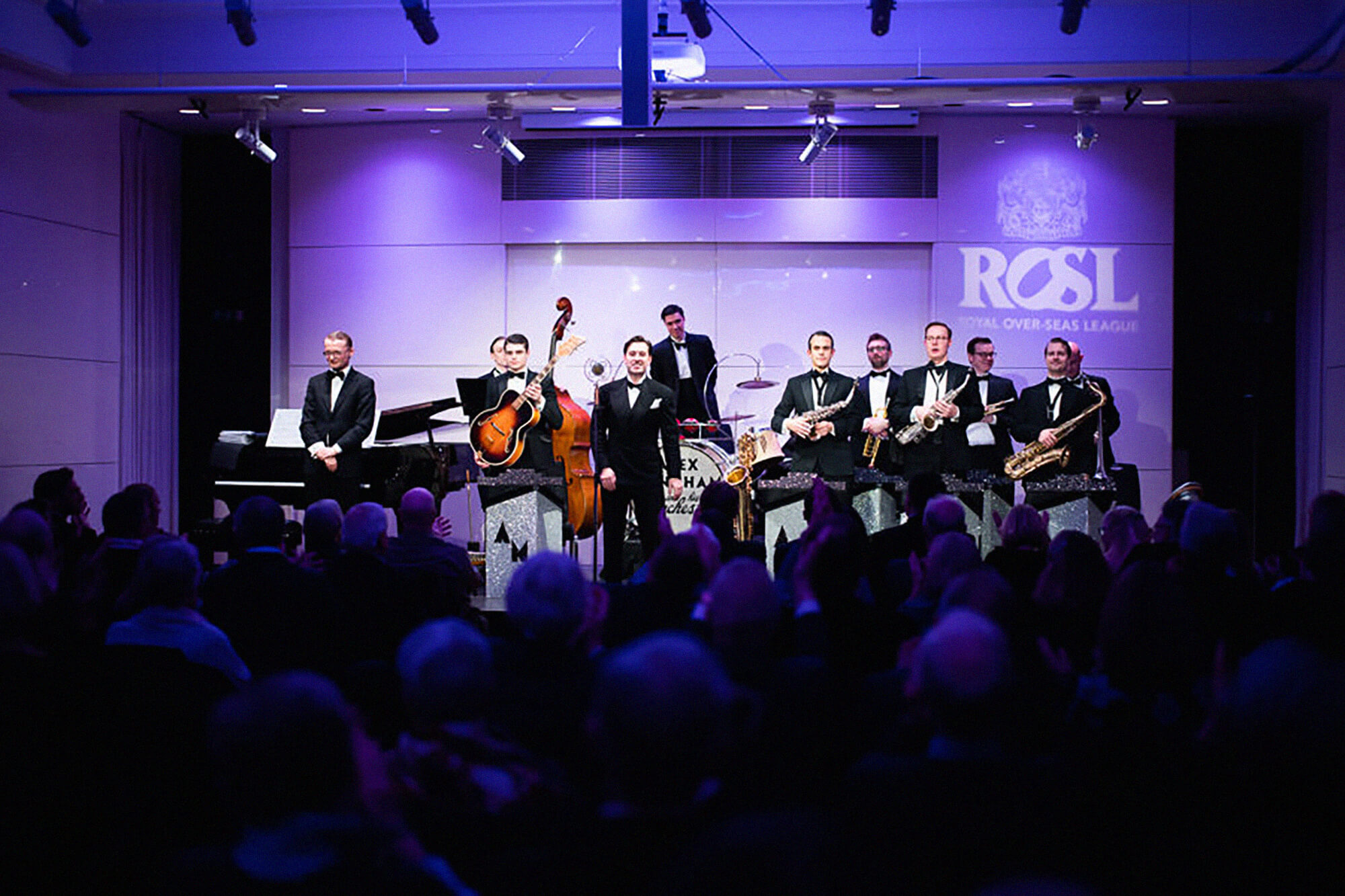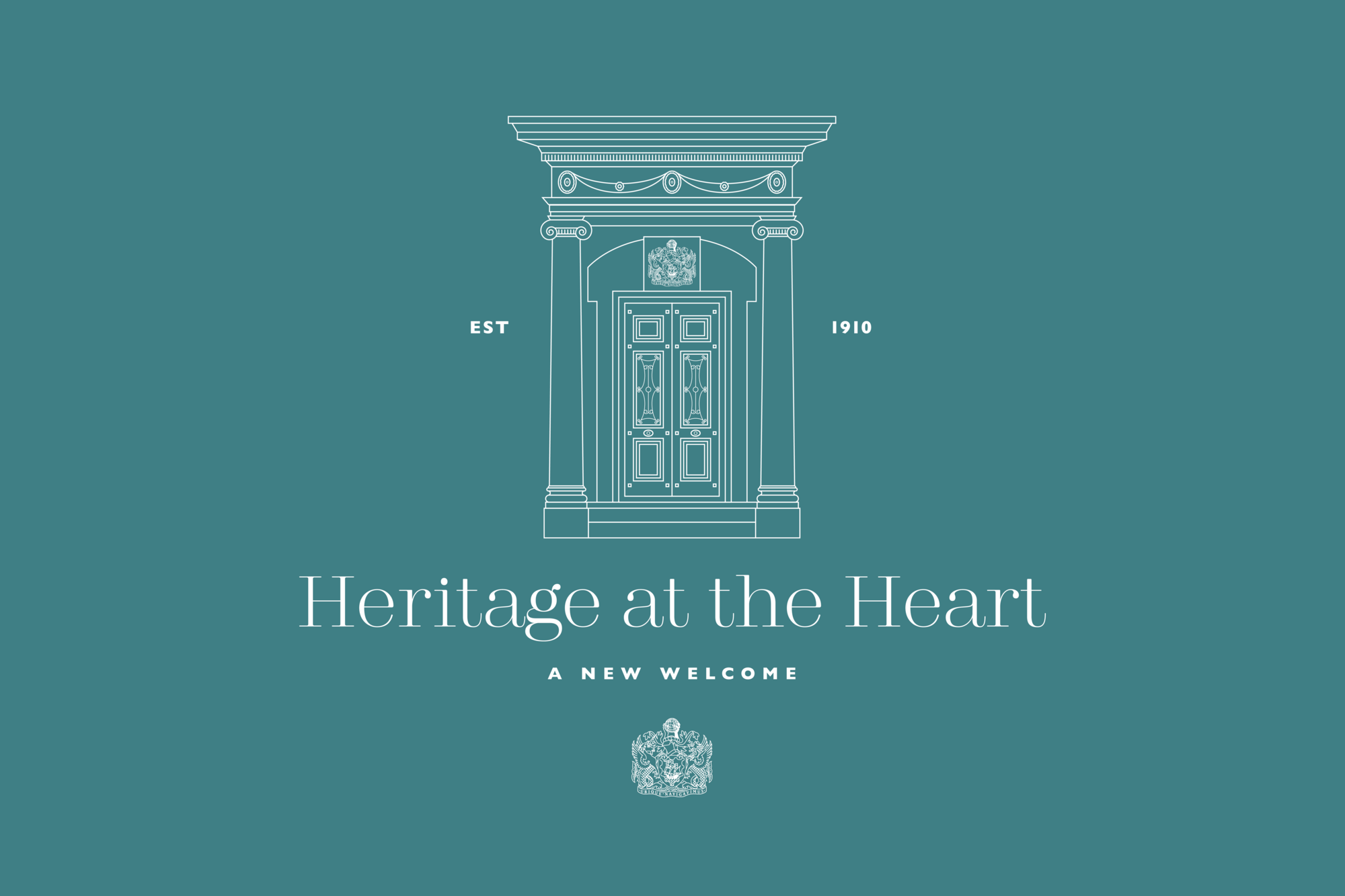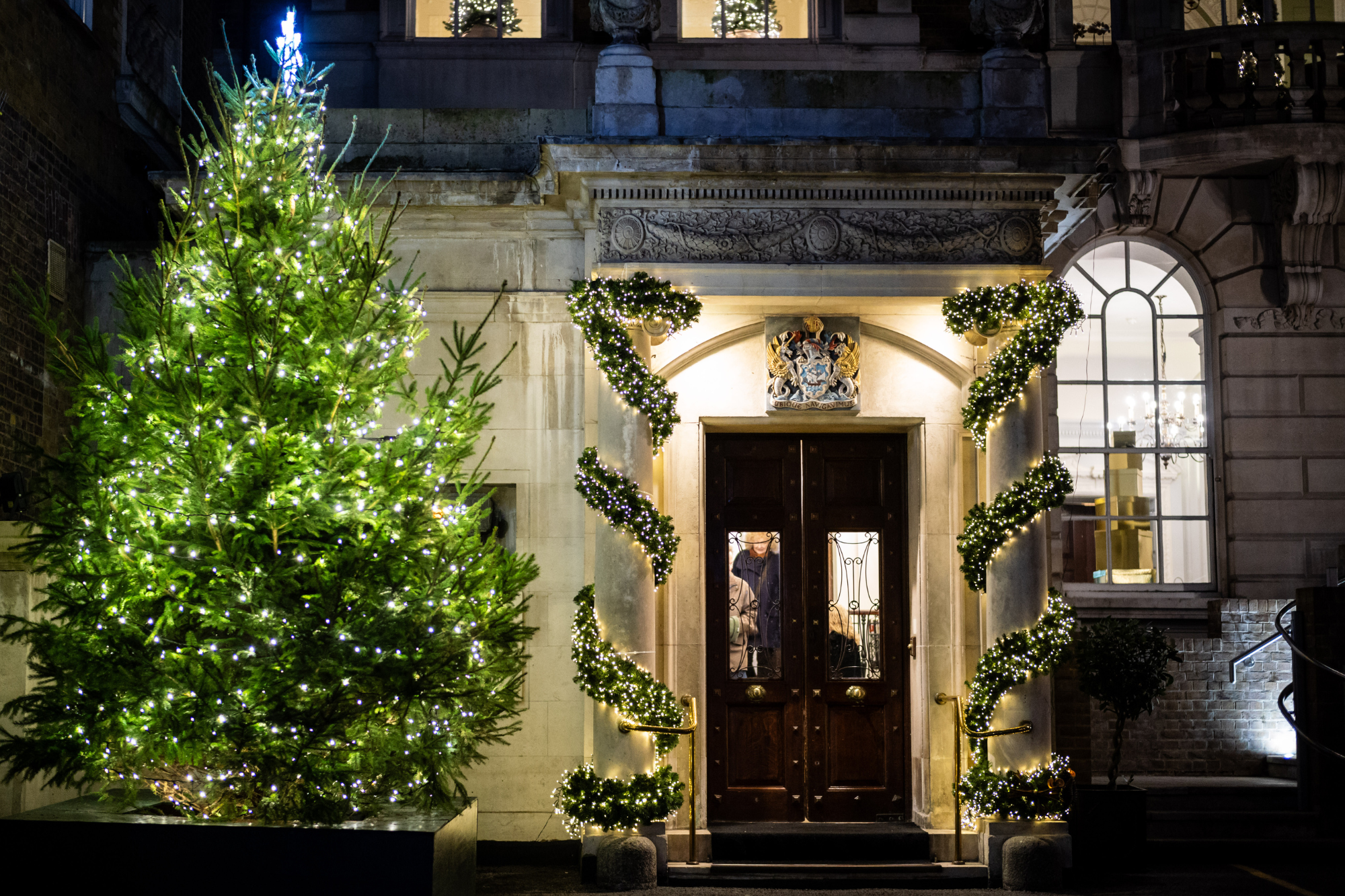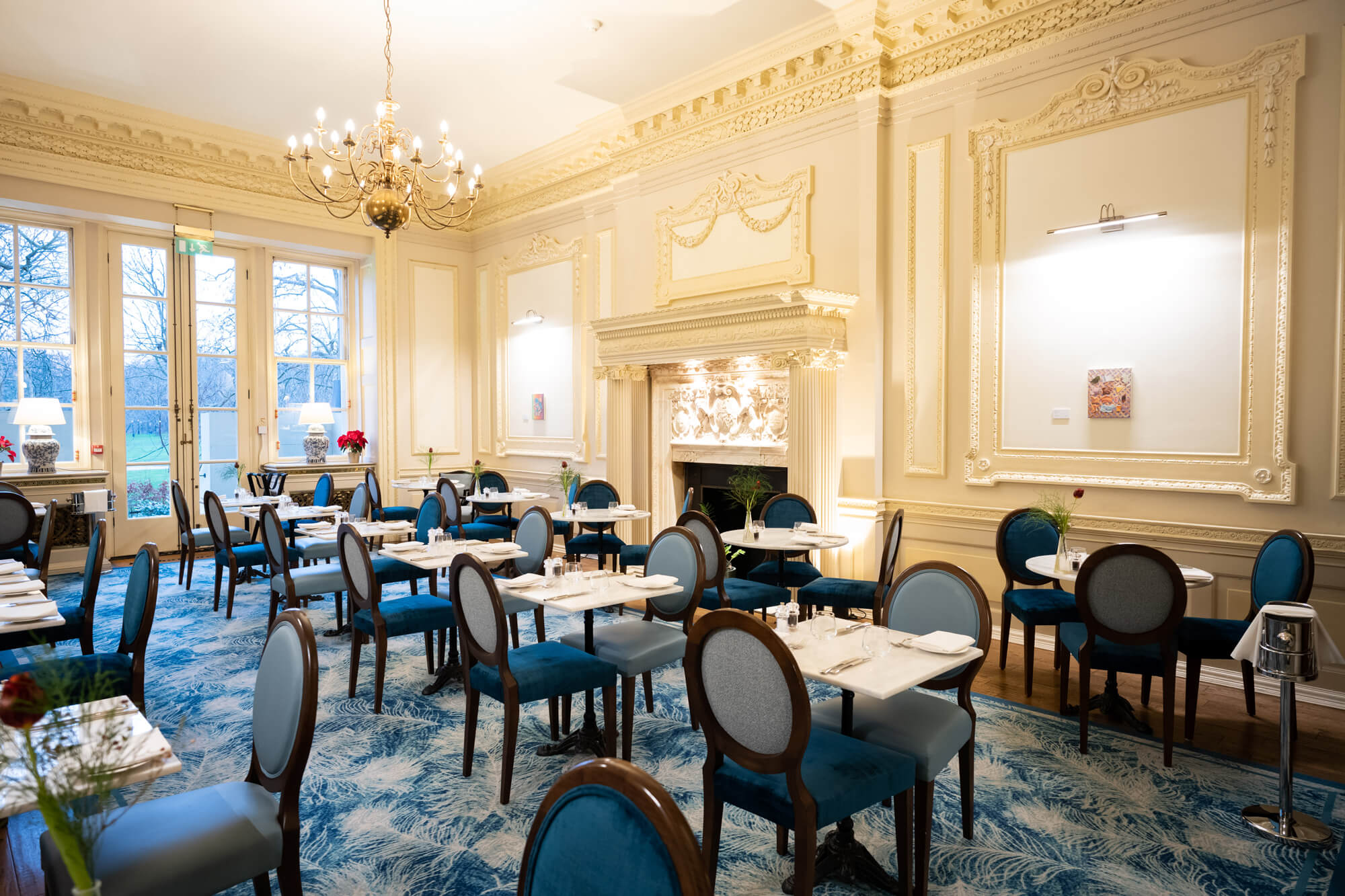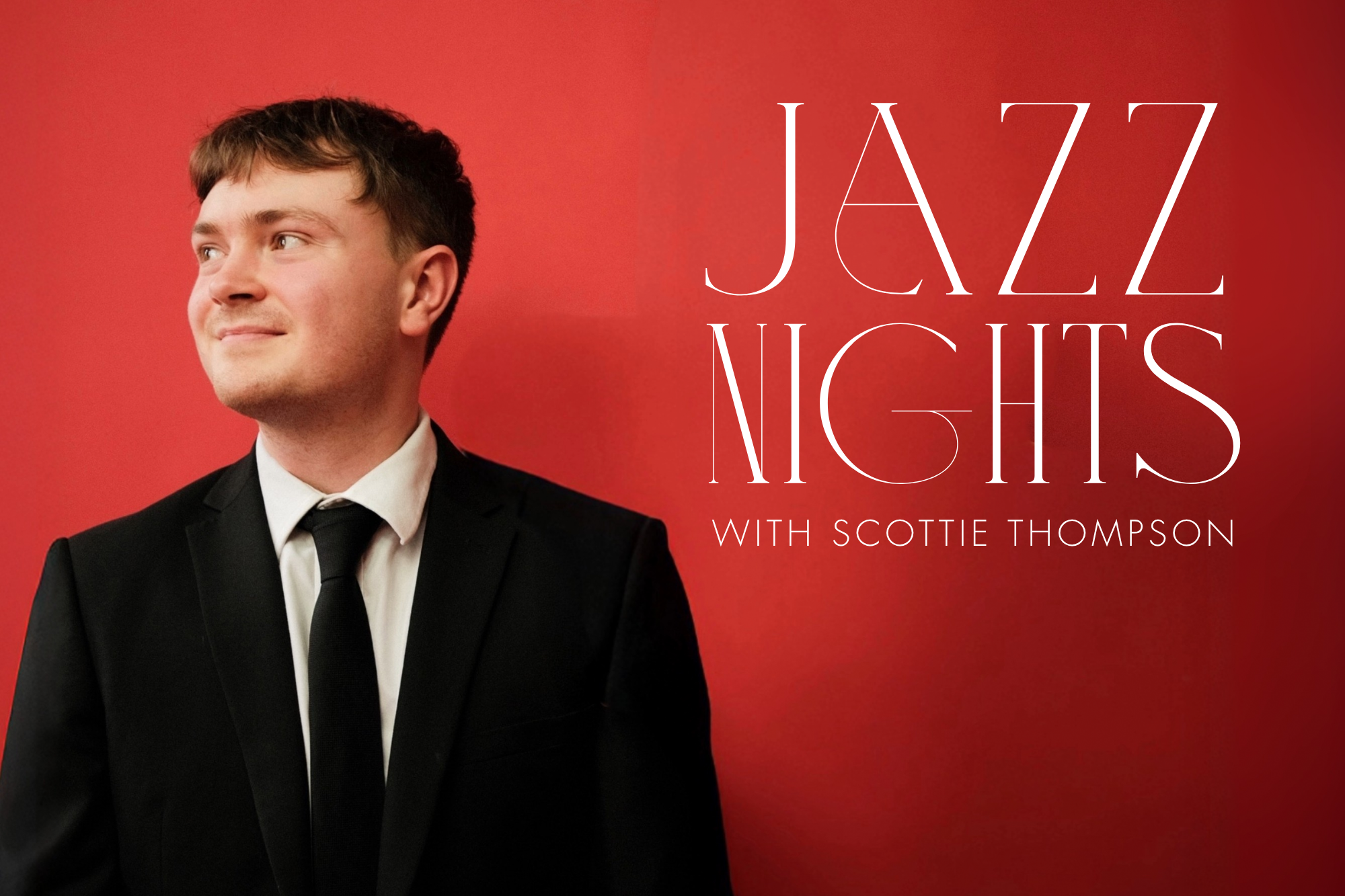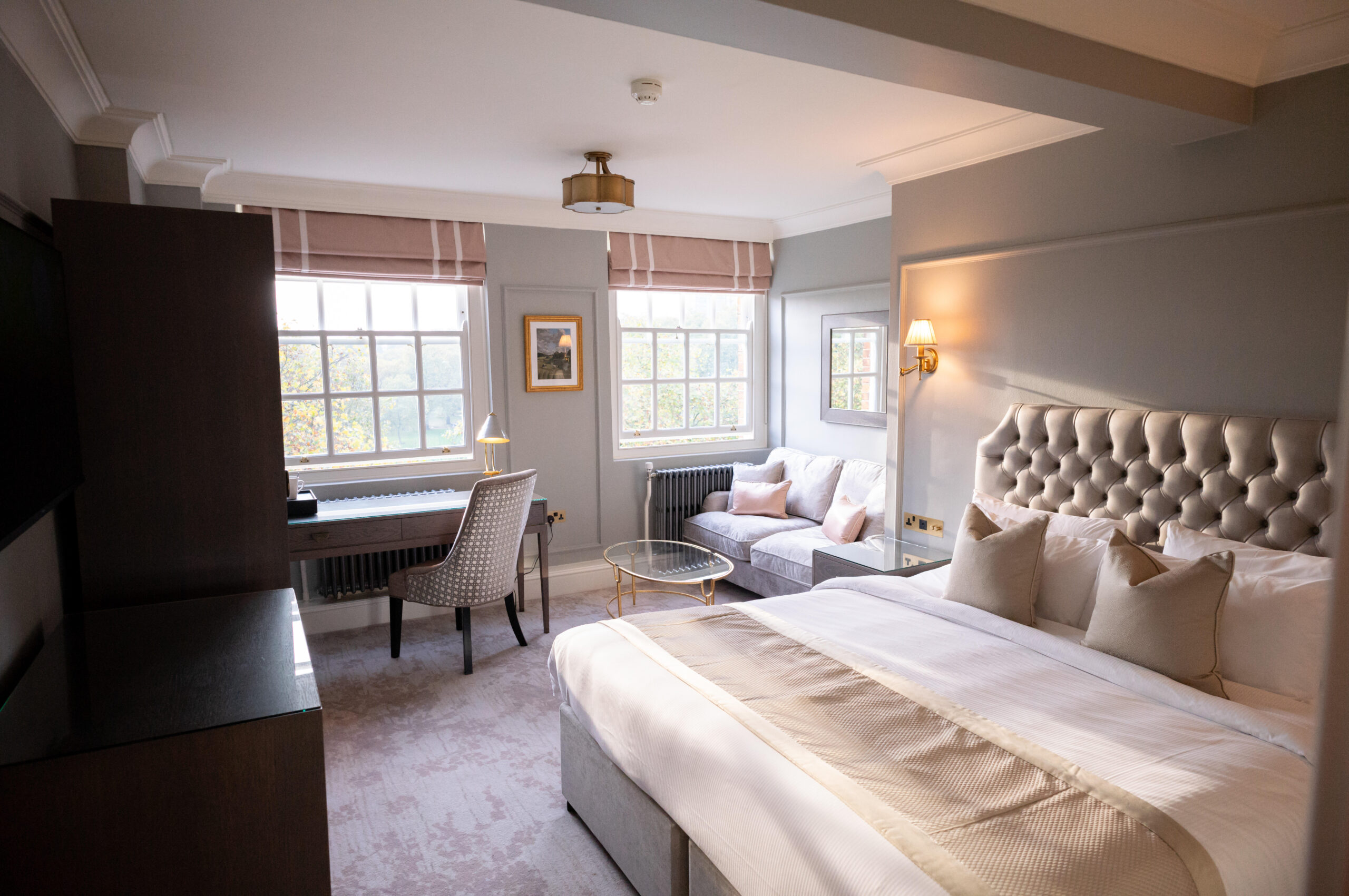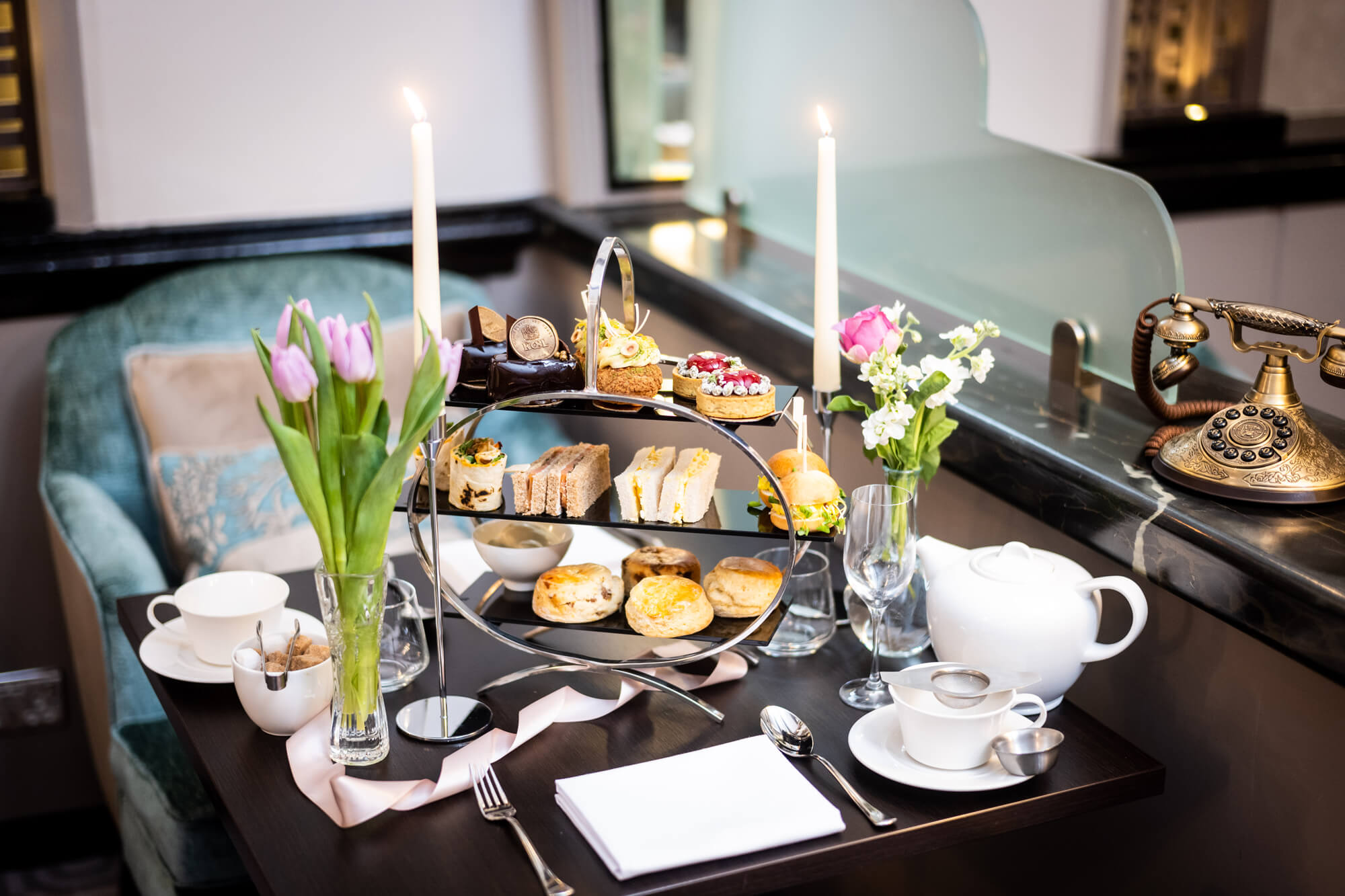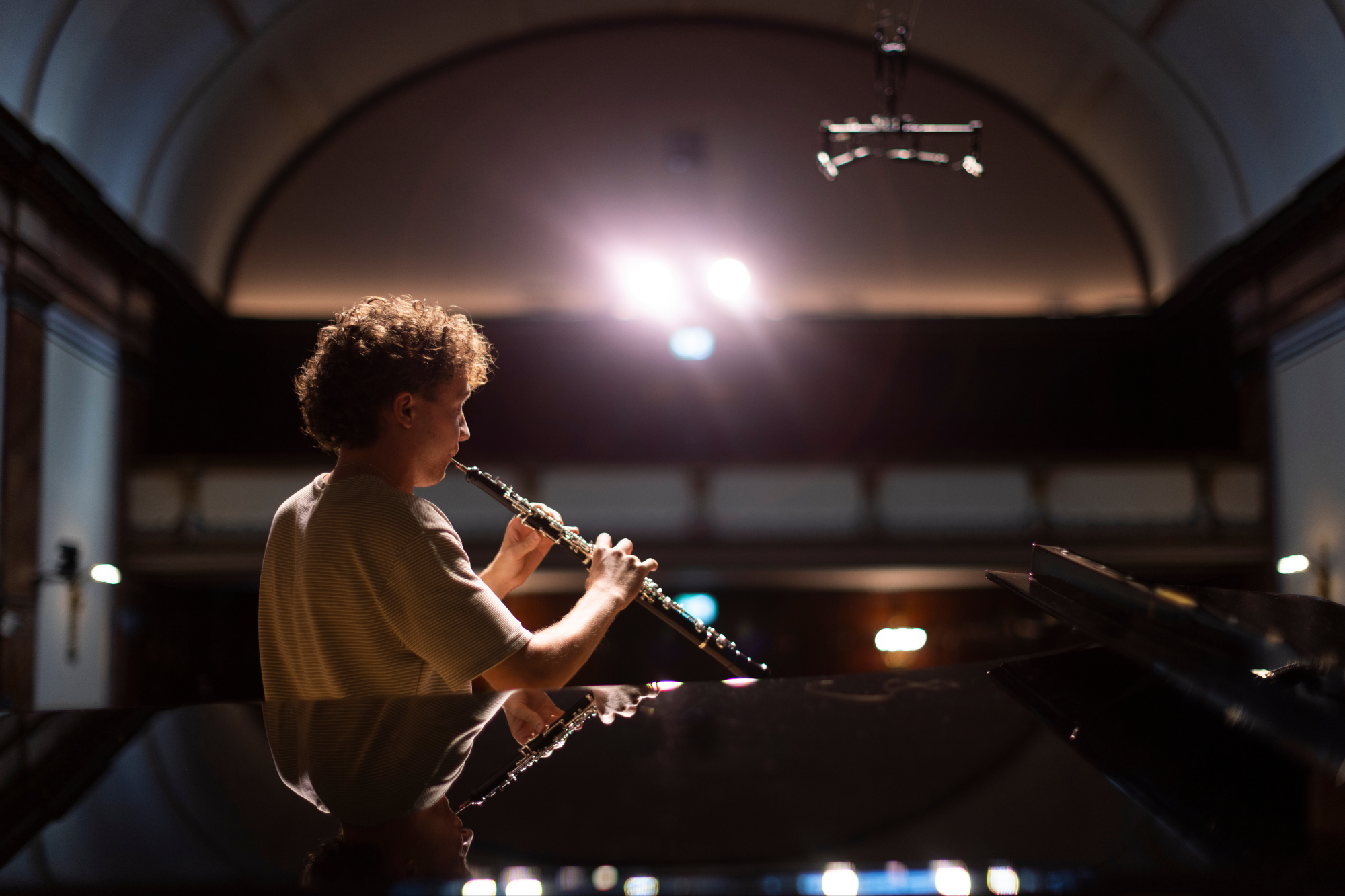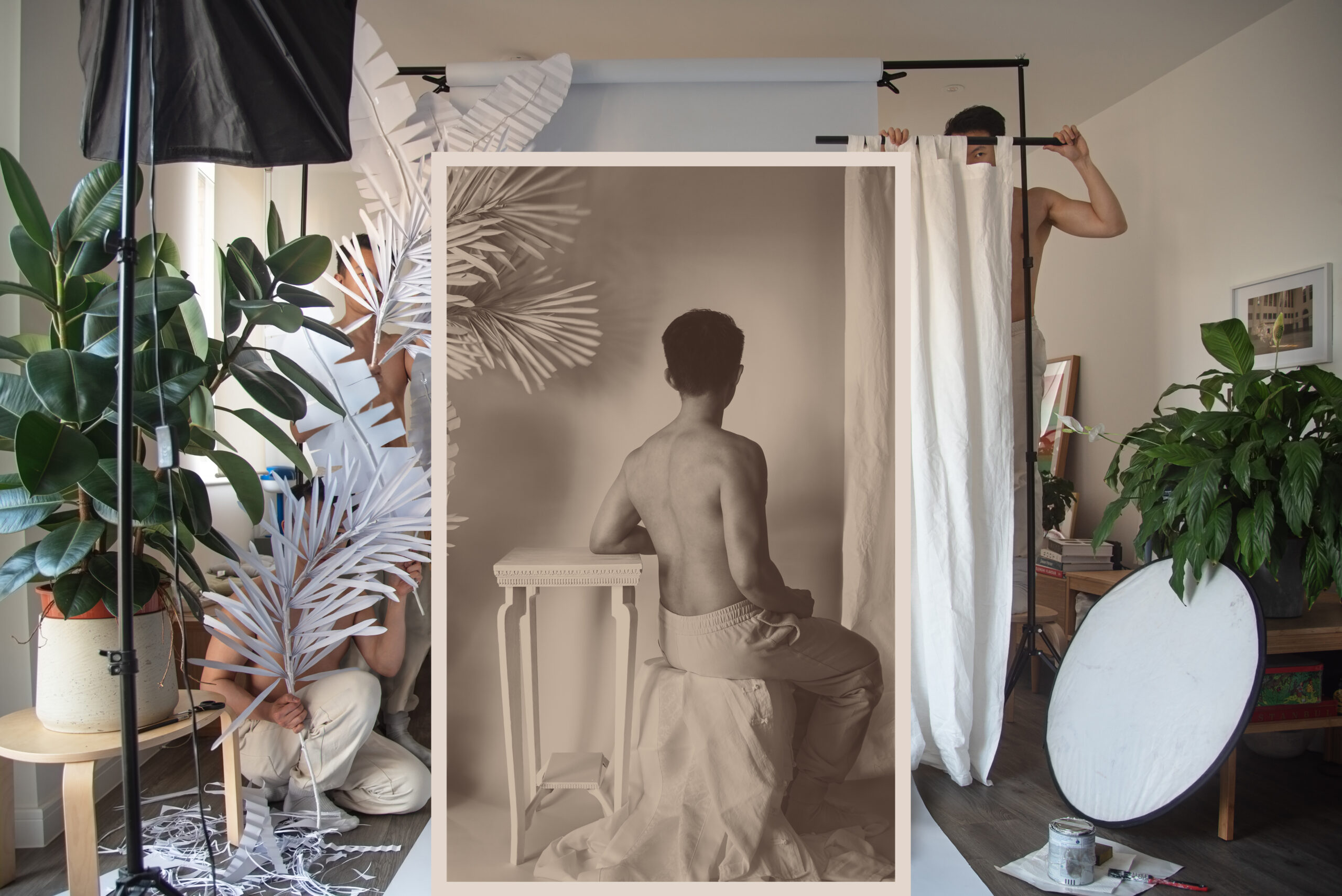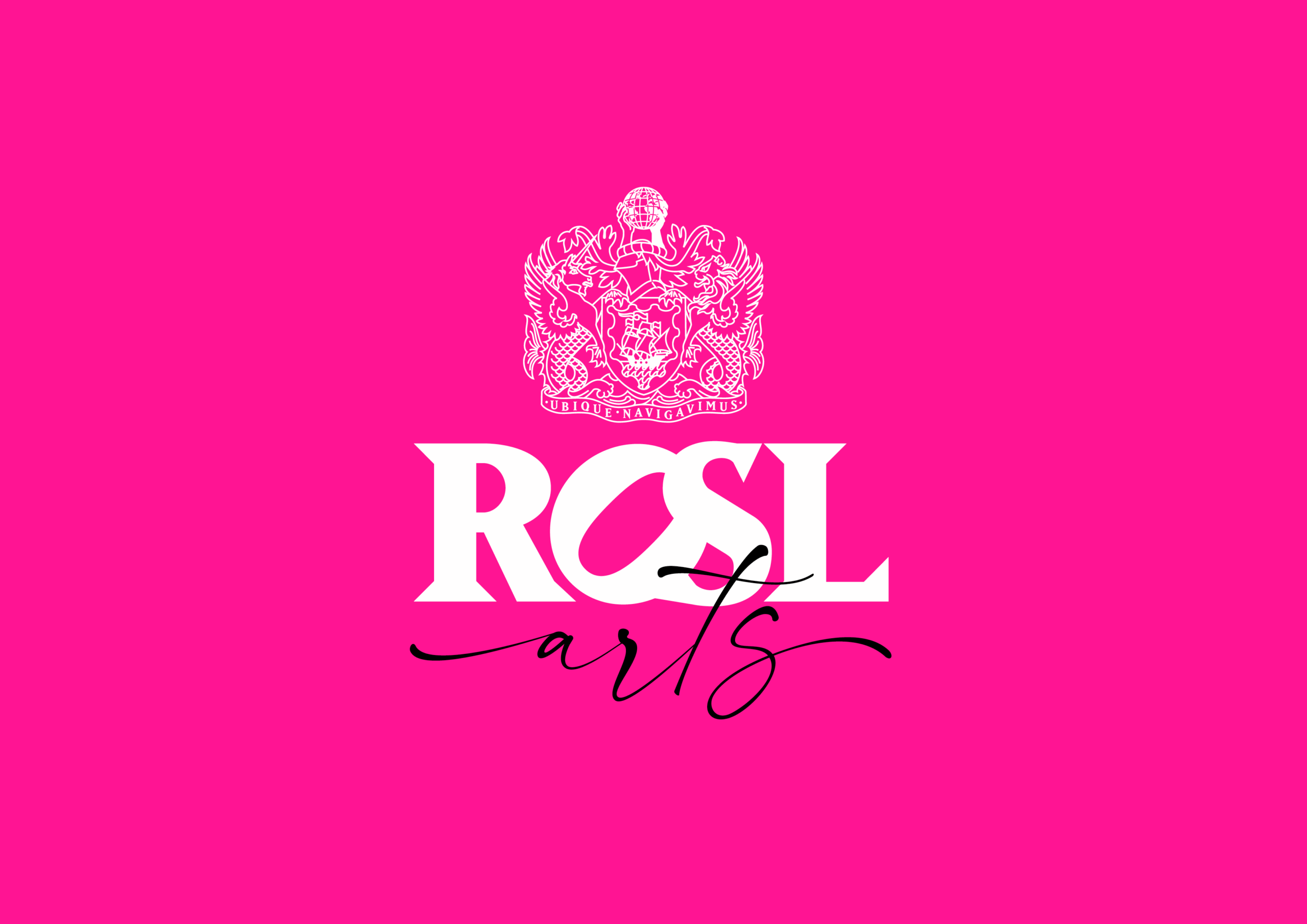- About Us
- Membership
- What’s On
- ROSL Events
- About Club Events
- Public Affairs
- Calendar of Events
- Christmas & New Year at ROSL
-
Upcoming Events
-
Christmas Day Lunch
Thu. 25 December - 12:00
![Christmas and NYE at ROSL]()
-
New Year’s Eve 2025: Disco Dinner & Dance
Wed. 31 December - 21:00
![NYE 2025 at ROSL]()
-
Classical Guitar Nights
Fri. 09 January - 18:30
![ROSL_six_park_-place_brabourne_room10]()
-
Sizzling Steak Nights
Sat. 10 January - 17:00
![Steak nights in 1910]()
-
Jazz Nights
Fri. 16 January - 18:30
![Jazz Nights at ROSL]()
-
Burns Night Supper
Thu. 22 January - 18:45
![Burns Night Supper]()
-
ROSL Exclusive Offer: HMS Pinafore at the English National Opera
Fri. 23 January - 17:45
![ROSL_EVENTS_ENO_Pinafore_Special_Jan_2026]()
-
Classical Guitar Nights
Fri. 23 January - 18:30
![Noah Layzell guitarist]()
-
Sizzling Steak Nights in the Brabourne Room
Sat. 24 January - 17:00
![Steak nights in 1910]()
-
Jazz Nights
Fri. 30 January - 18:30
![Jazz Nights at ROSL]()
-
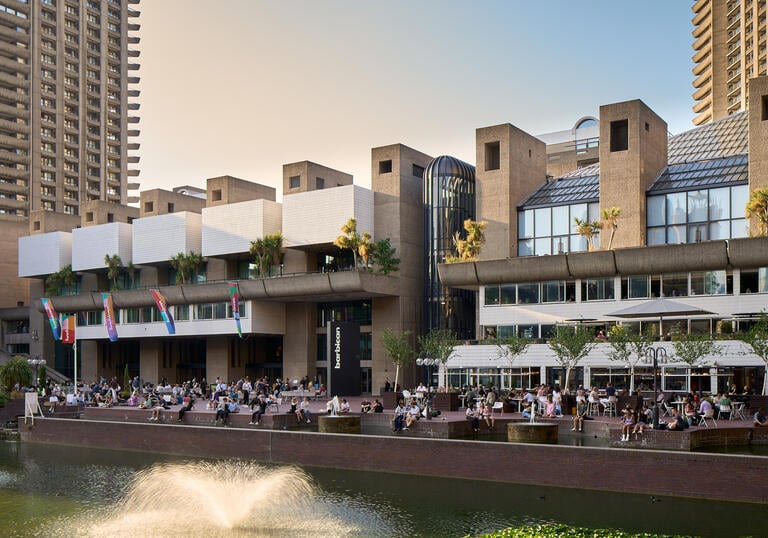
Lakeside terrace view of Barbican Centre, London, by photographer Dion Barrett
Inside the Barbican: CEO David Farnsworth on Leading London’s Top Arts and Culture Hub
27 June 2025
Read time: 5 Minutes
The Barbican: London’s Iconic Brutalist Arts Centre and Hub of Cultural Innovation
Considered one of the world’s best examples of brutalist architecture and programming a huge range of eclectic arts, music and visual events throughout the year, London’s Barbican is a truly iconic venue. Editor Rosie Allen speaks to interim CEO David Farnsworth to learn more about the incredible story of the venue and living space built from the ashes of an area destroyed in the Blitz.
A Personal Connection to London’s Arts: Interview with Barbican CEO David Farnsworth
Overseas Journal Editor Rosie Allen interviews Barbican CEO David Farnsworth
David, your background includes work with social justice charities and a career as a lawyer; could you explain what appealed to you about working for one of London’s most iconic arts venues and how your background has fed into your work leading the Barbican?
Both of my grandfathers were working-class Londoners, so my connection with the city on a personal level is deep. And I’ve always looked for opportunities to work with London’s communities, so a connection for me was with the City Bridge Foundation (David was Managing Director of the City Bridge Foundation, an organisation which maintains London’s historic bridges, along with undertaking community projects), and the common denominator between that organisation and the Barbican is the City of London Corporation. The corporation has a history going way back to the Magna Carta but also spanning to contemporary cutting-edge projects, such as London’s cybersecurity; it’s an extraordinary organisation. It was also the original founder of the Barbican when the vision for this space emerged from a bombsite during the Blitz, so I had a connection there too.
In regards to an interest in the arts, I was lucky enough as a seven-year-old child to get free violin lessons, which was a real access point to music for me. I feel that I’m a jack of all trades in the arts; I enjoy painting and amateur dramatics, which has nurtured my love for the sector, and I have a real appreciation of the power of social mobility through that, of using art as a means of affecting change and social justice. It’s something I really believe passionately in.
So another thing that attracted me to the Barbican is that it has a really high-end offering in terms of its arts programme, but also it’s a civic space; you don’t have to pay to enjoy the arts and community that we offer here, so I was enthused by the privilege of the opportunity to lead the organisation for this extended interim period. There’s a real energy here; it’s a place of ambition and inclusion, and we’re united by the idea that we want to appeal to everyone in some shape or form; it’s a place where global London meets local community.
I left private sector law, which gave me skills that are useful in this space. For a long period of time, I was working with refugee communities and what was really interesting about that experience was seeing the crossover between geopolitics and local community; in London there’s every chance your neighbour has come from a place of deep persecution. At the Barbican, there’s an interplay where you have an international brand and touring exhibitions, but then at a hyper-local level, school children from up the road will be at a matinee performance. Again for me, it embodies London – different communities and ethnicities being brought together with that very local community element.
There’s also a nod to the journey that The Barbican has been on. It happens that the foundation stone of the Barbican was laid in the year of my birth and so watching that generational moment and that energy come to fruition has been inspiring. The previous CEO Claire Spencer really helped reset the Barbican, and we’re building on that work in partnership with the City of London Corporation and wonderful neighbours, such as the Guildhall School of Music and Drama, which values-wise are deeply committed to the free access of arts and music, just as I was with my violin lessons.
As part of the Barbican Renewal, the Corporation has committed £191 million – around 80% of what’s needed to complete the first five-year phase of the programme – so we’re now actively fundraising to secure the remaining support.
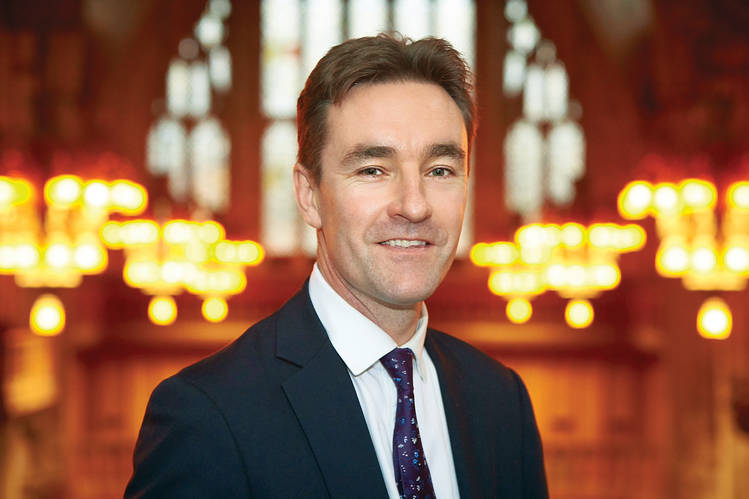
Interim CEO of Barbican, David Farnsworth
Barbican Centre by photographer Dion Barrett
Programming for Everyone: Innovation, Inclusion and Identity
The Barbican’s programme features an eclectic mix, with exhibitions ranging from architecture to contemporary arts, music and much more; what’s the secret to creating a programme that appeals to a broad spectrum of ages and interests whilst still retaining an identity that feels true to the uniqueness of all that the Barbican stands for?
We’re always going back to the values that underpin us and using that as a north star – of innovation and inclusivity, and of recognising that we’re part of the wider world and the local one too. Being an arts centre gives a sense that we can use different mediums and creatives to reach different audiences across background and ethnicity, by dint of geography, and again that idea that as a civic space we’re more porous and open to local communities and visitors, whether it’s someone visiting from abroad or other parts of the UK on a learning visit or a student. We also always allow for innovation and are comfortable with risk – it’s something we should embrace, subject to reasonable mitigation, but there’s a boldness here which I connect with. We’d like to increase attendance among younger audiences so we’re always diligent in thinking about who’s coming here and thinking about how can we better tell our story to audiences who are less familiar with us. I believe there’s something for everyone and 4,200 events a year certainly presents that opportunity.
Looking Ahead: What’s Coming to the Barbican
Finally, what are you most looking forward to in the programme this year? Feel the Sound is our new immersive exhibition which aims to rearrange what you think sound is; it includes multi-sensory installations that take you on a journey across locations in the Barbican, from our car parks to the Lakeside Terrace. It’s part of a month-long residency, one part featuring Rebel Radio, which riffs off the idea of pirate radio. I like that it’s not just the traditional idea of bringing in an exhibition, and I’m hoping it will particularly resonate with a younger audience – hopefully their introduction to our outside space might help bring them into the building itself.
Summer sees the Fiddler on the Roof bringing in a different audience, and our arts centre gives the opportunity for people to see a free exhibition in the Curve and to explore something elsewhere in the building afterwards. I love the idea of that cross-pollination, that an exhibition in one part of our building can lead a person into an exploratory adventure into somewhere they hadn’t intended. It’s very anchoring and having buildings that remind you of that ancient connection is very helpful.
Read the full interview in the latest issue of Overseas Journal, “Wellness: The Art of Staying Healthy”, for David Farnsworth’s reflections on the Barbican’s architectural legacy and its bridging of heritage, modernity and community.
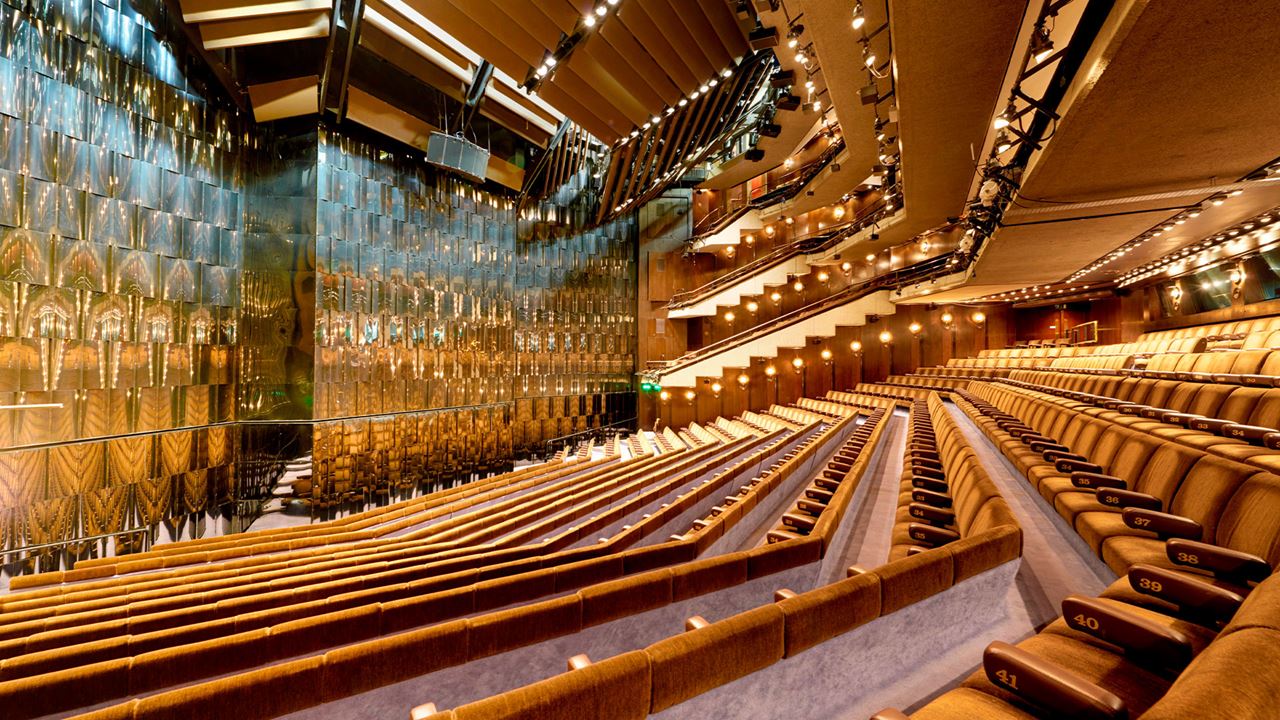
Barbican Theatre London
